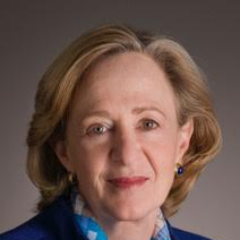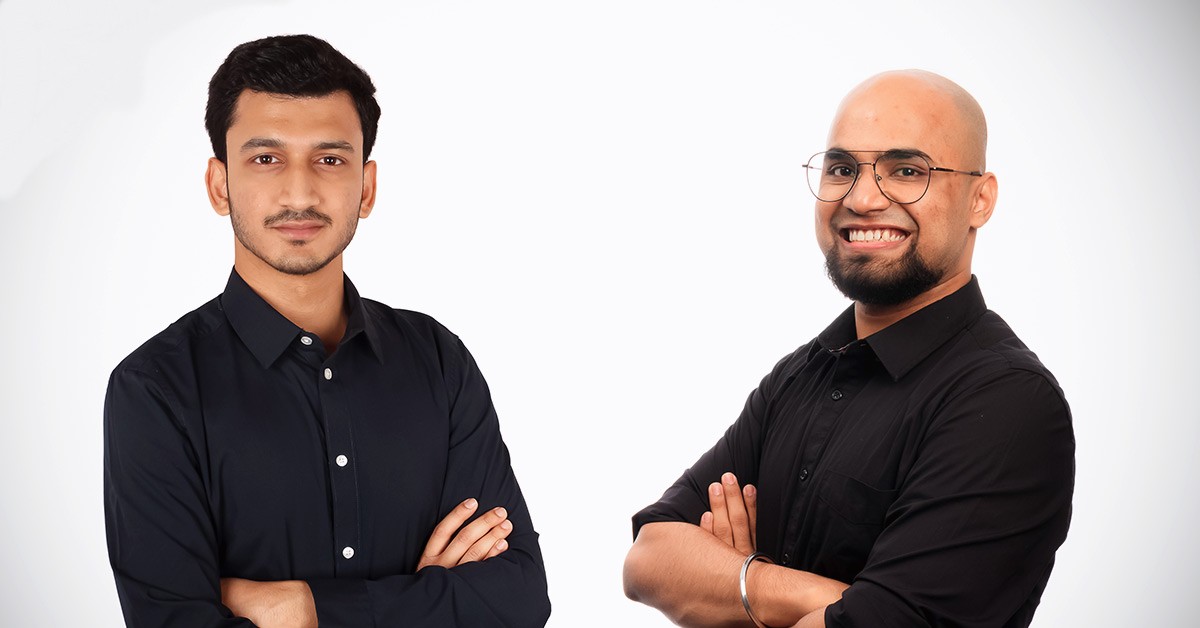Biology And Engineering Are Starting To Create Age of Living Machines
Bengaluru: From virus-based batteries, protein-based water filters to cancer-detecting nanoparticles and cognitive bionic limbs, Susan Hockfield, President Emerita, MIT, spoke about the ‘Age of Living Machines’ that biology and engineering are starting to create.
Susan Hockfield was speaking at the BTS2020 Bengaluru Tech Summit, a three-day event that started from Thursday. The theme of this year’s conference is ‘Next is Now’. Over 250 speakers from across the continents spoke on various topics.
Earlier, introducing the keynote speaker, Biocon Founder Kiran Mazumdar Shaw said Susan Hockfield was the first woman and biologist to serve as MIT’s president from 2004-2012.
Speaking about the challenges that we are facing at present, Susan Hockfield said the world population will reach from 7.5 billion to 9.7 billion by 2050, but we are struggling with proper healthcare access, sustainable energy & water and food.
“By 2050, the energy domain is going to double, and this is one of the biggest challenges. In the case of water and food, as the world population increases, we need new farmland,” she said.
From Moore’s law to genomics, the software of biology, in combination with the advances in molecular biology has positioned biology now as a quantified science that can accelerate great synergies with engineering – materials research, micro and nano technologies that will drive a huge adoption of bioengineering in improving the human condition in health, food and energy security and environmental sustainability.
Some cases studies of breakthroughs on living machines described in Dr Hockfield’s book ‘Age of Living Machines’ range from virus based batteries, protein based water filters, cancer detecting nanoparticles, computer-engineering crops and cognitive bionic limbs.
She said the digital technology revolution came from the study of Physics in the 19th century.





